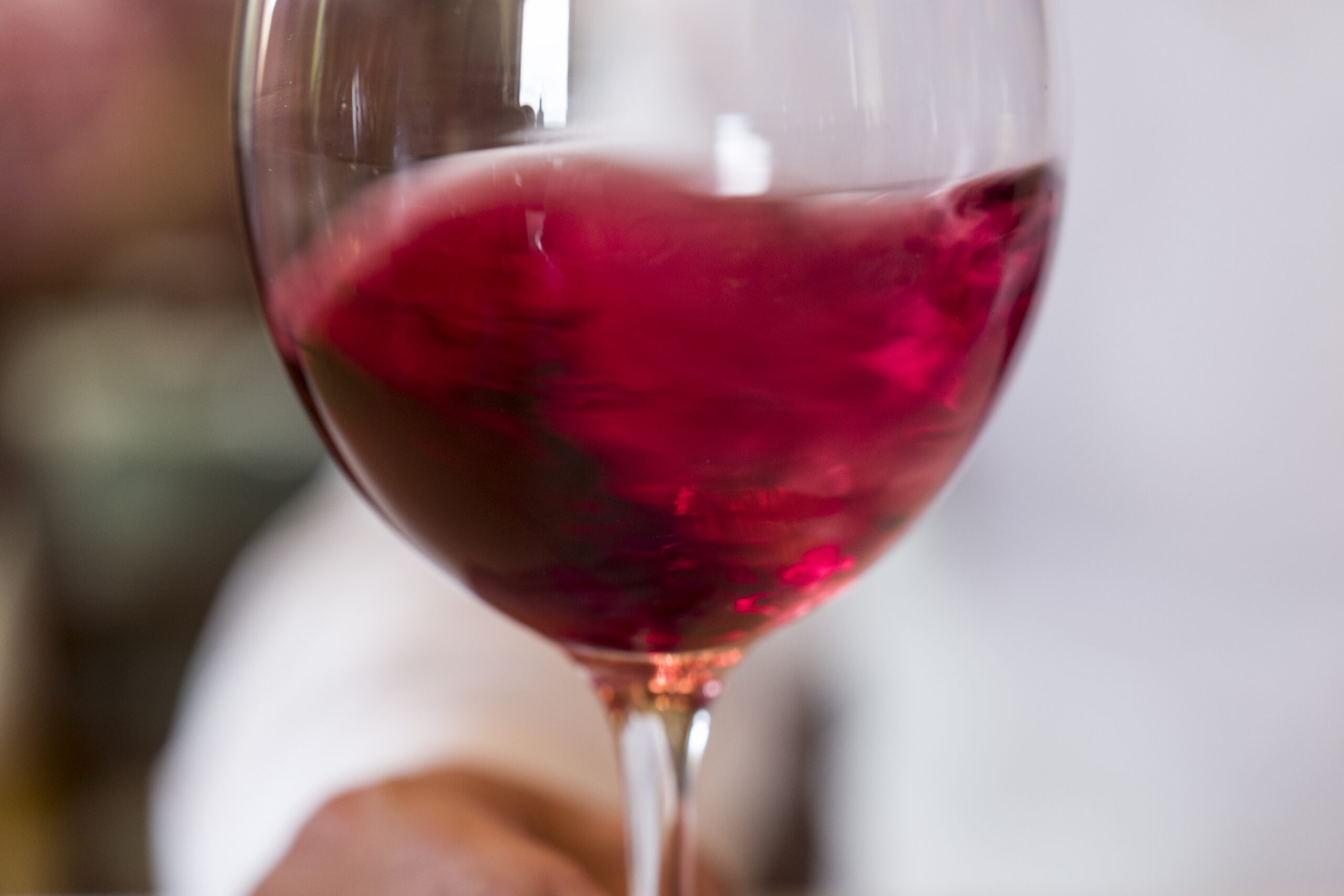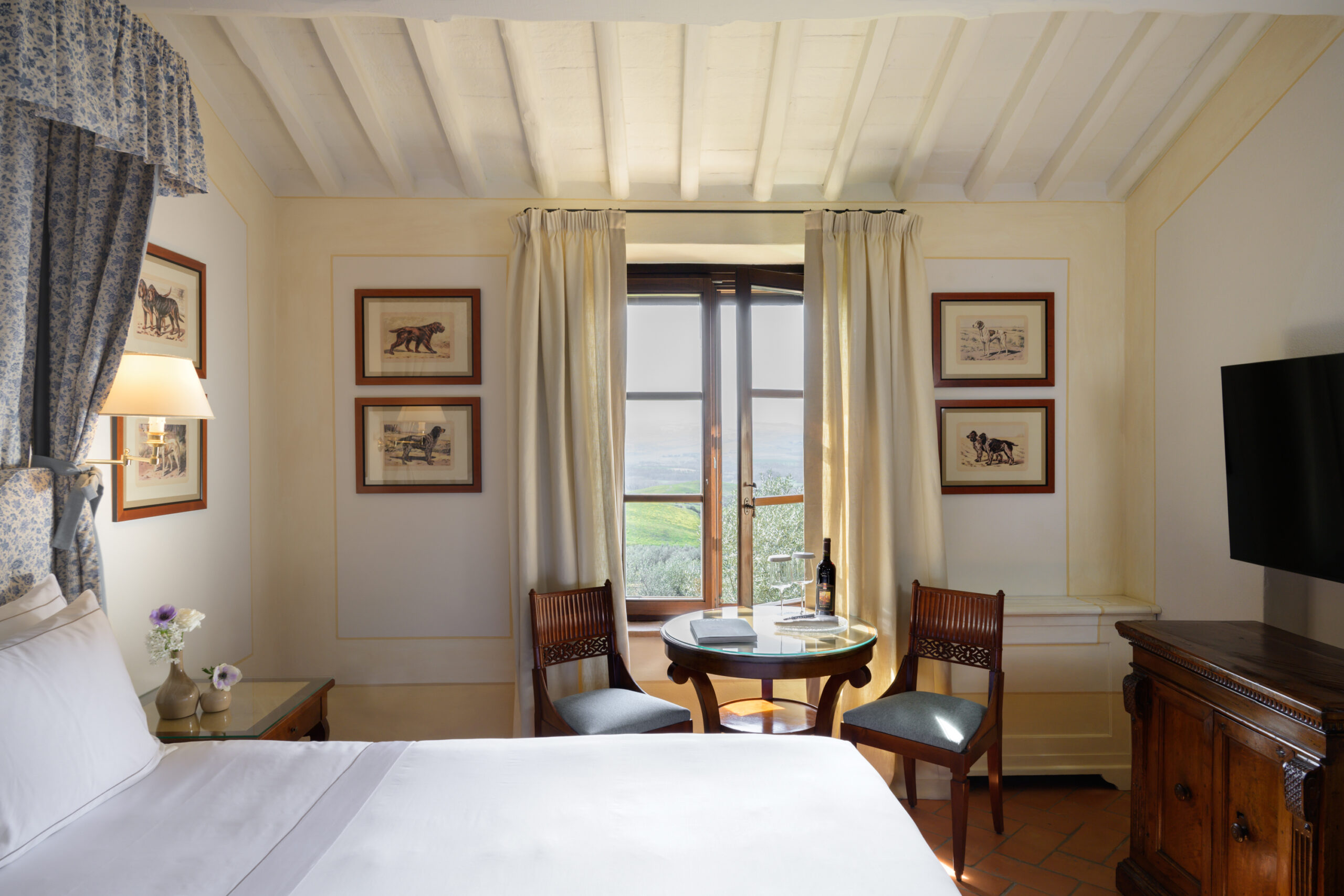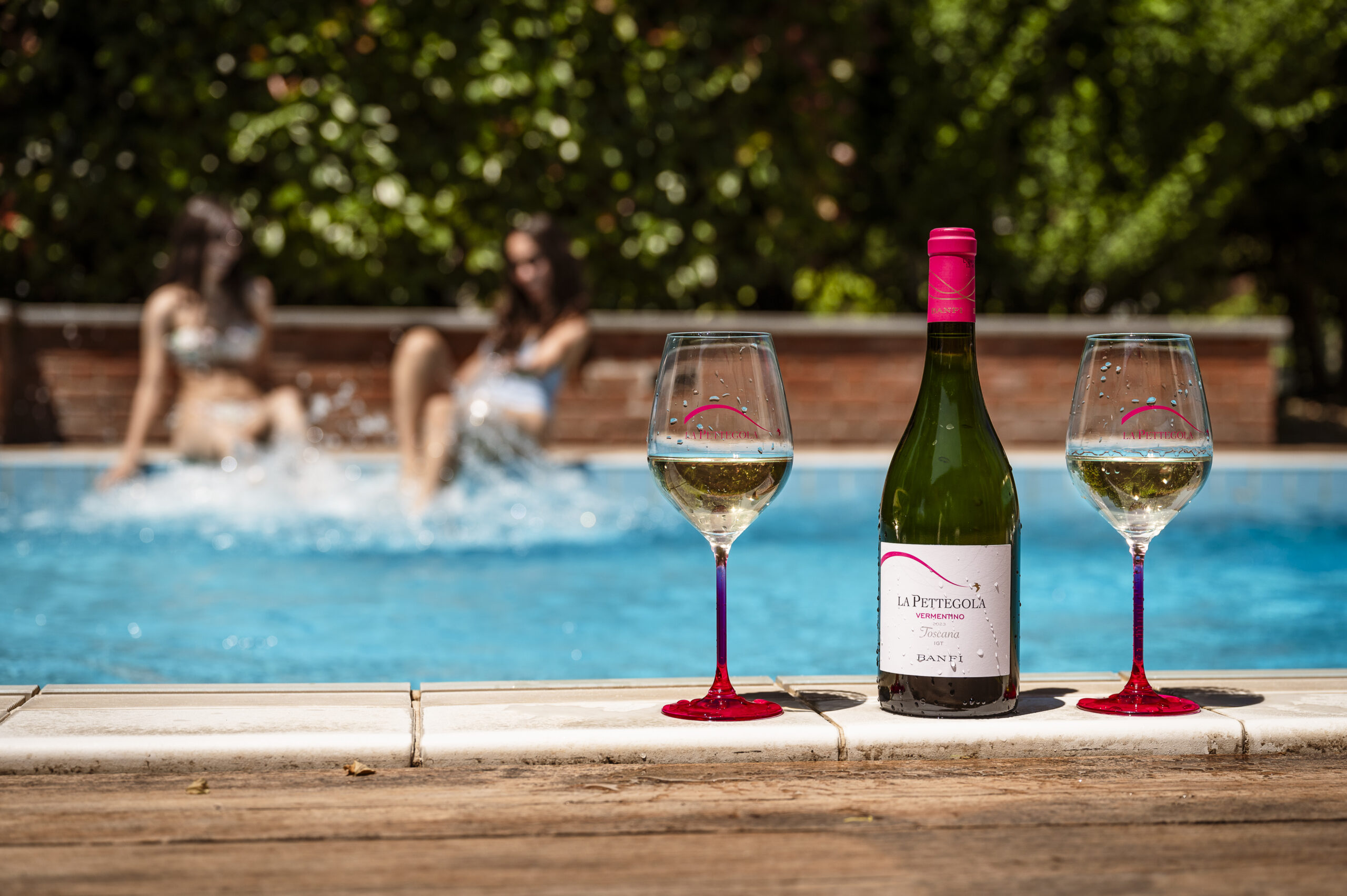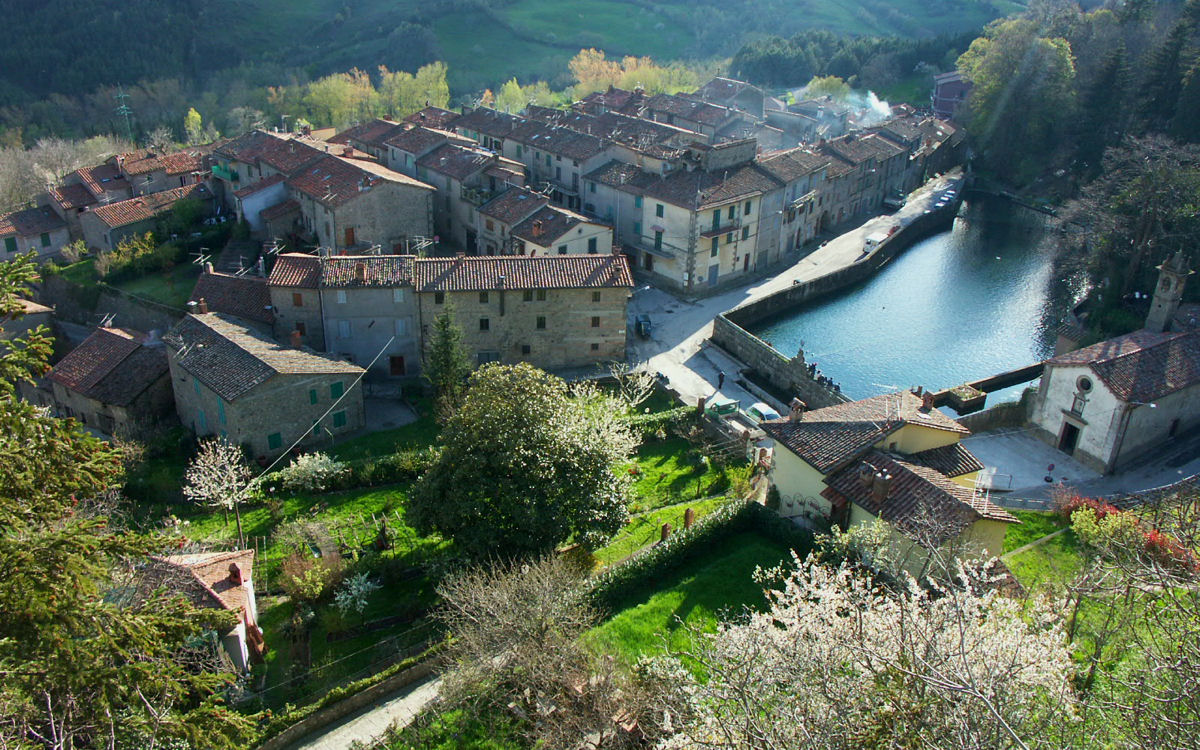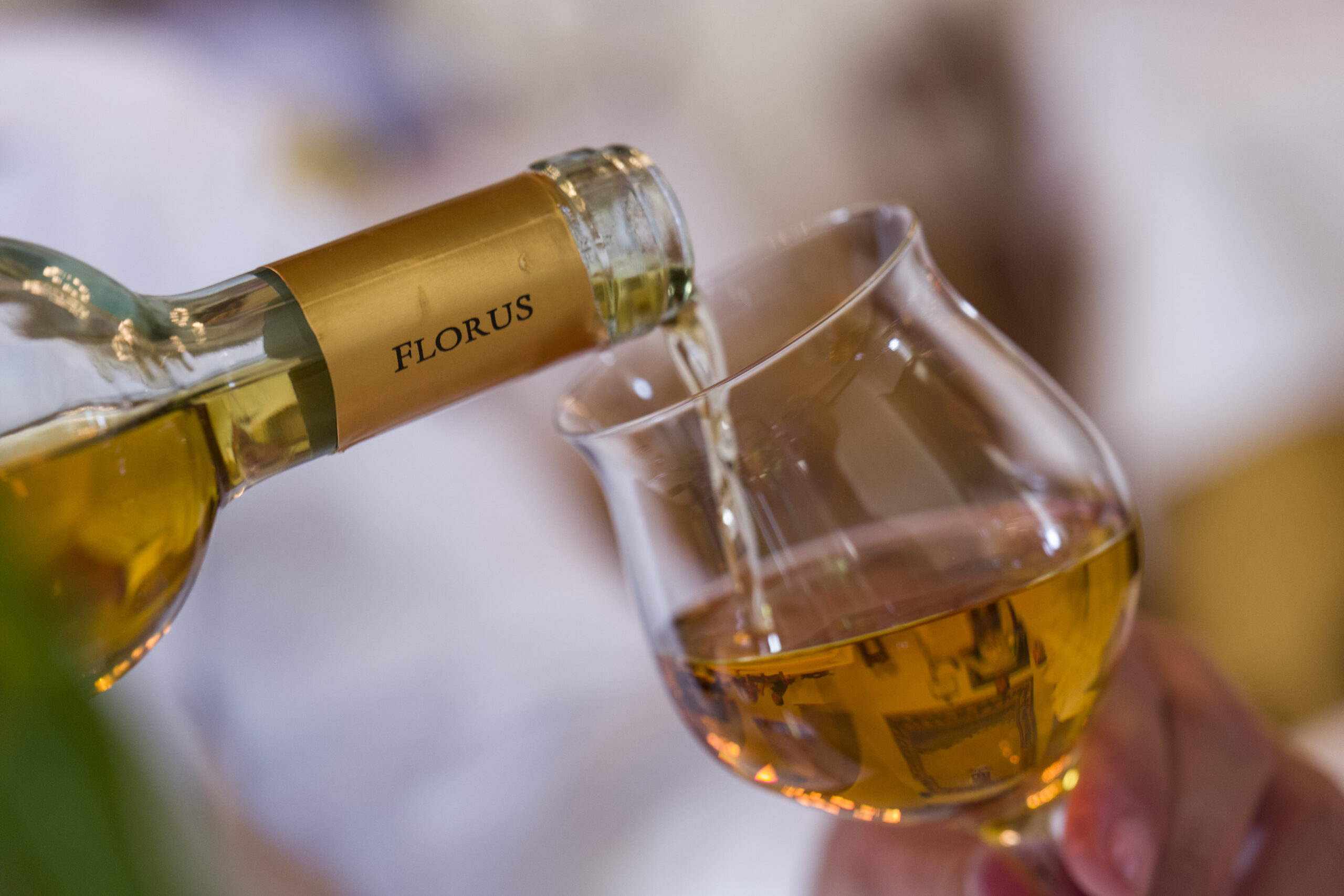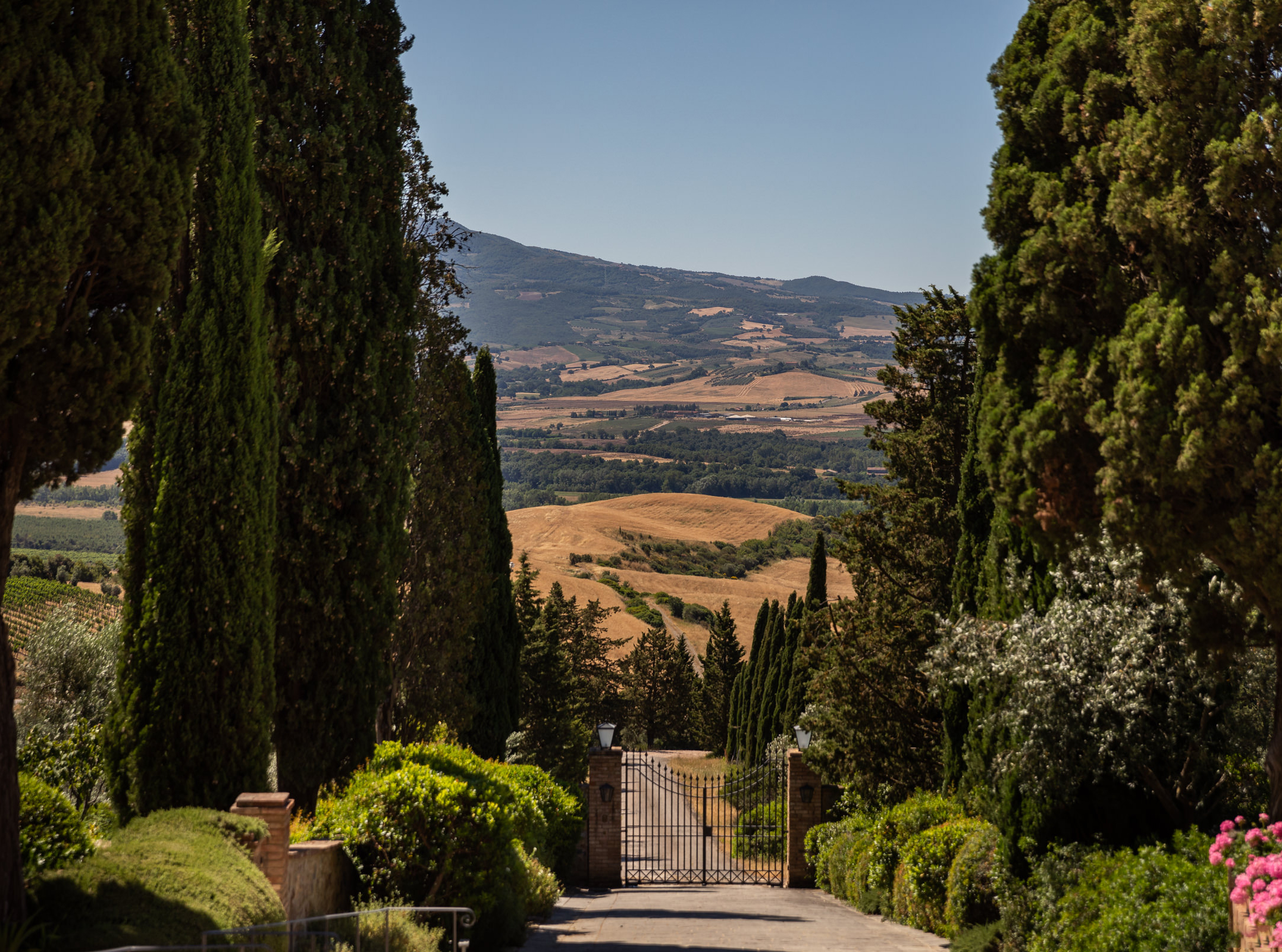La serving temperature of a red wine o of a white wine is a key element for proper tasting: each wine should be served at a specific temperature, which can best enhance its bouquet of aromas, body and flavour.
A correct temperature of red wine is essential to preserve all organoleptic characteristics of wine. Variations in temperature, even of a few degrees, can amplify the olfactory sensations or the taste towards a more pleasant wine or, on the contrary, damage a fine bottle, compromising the organoleptic characteristics that have been skilfully produced during ageing in fine barrels.
To assess at what temperature to store red wine, it may be useful to keep the following principles in mind:
- the higher temperatures enhance softness and the body of the wine;
- the lower temperatures refine the perception of flavour and the sweetness of wine.
In the case of red wine, this factor is even more important, as these wines have a rich and intense bouquet and a high concentration of tannins, which can be significantly influenced by temperature.
Red wine: serving and storage temperature
La serving temperature is the ideal temperature at which to serve red wine, i.e. the temperature that best enhances the qualities of the bottle and is indicated on the label.
La storage temperature is the one at which to store wine when it is not being served during meals. This does not always coincide with the room temperature. In winter and summer, in fact, the ambient temperature is far from the 20° standard referred to when talking about red wine and recommended temperature. In such cases, a brief passage of the bottle in the refrigerator may be necessary in summer to bring the wine back to the ideal temperature.
Wines should actually always be stored at a controlled temperaturee.g. in a wine cellar, in order to avoid temperature fluctuations as harmful as humidity and the action of direct light. It is advisable to set the temperature of red wine in the wine cellar between 12°C and 16°C.
At what temperature do you drink red wine?
- I full-bodied red wineswith an important structure and high tannin content, are served at a temperature of 16-18°Cwhich is the ideal temperature to maintain the right balance between softness and hardness and to enhance the broad bouquet of aromas that such full-bodied wines contain;
- i medium-structured red wines are instead served at a slightly lower temperature:14-16°C;
- i young red wines or young winesFinally, they are served at a temperature of 13-14°C.
Which red wine goes in the fridge?
Certain types of red wine express their organoleptic properties best thanks to a short stay in the refrigeratorespecially at those times of the year when temperatures can exceed 20°., i.e. the threshold beyond which the properties of red wines, in particular sweetness and alcohol content, may be altered by heat.
In summer they prefer fresh, light red wines, with a modest presence of tannins, a complex floral bouquet and a good degree of acidity that can be further enhanced by a short passage in the refrigerator before tasting. These include, for example, the Stilnovoa fresh, light red wine with fruity notes that tantalise the palate and the barely perceptible presence of tannins, to be served at a temperature of 16-18°C.
Ideal temperature of Banfi red wine
In the wide range of wines produced by Banfi - A range that continues to expand thanks to in-depth knowledge of the territory and ongoing research - Banfi boasts several bottles of red wines. Here is an overview of the ideal temperature of Banfi red wines most popular.
The Rosso di Montalcino, with a complex and well-balanced structure, persistent finish and marked acidity, has a suggested serving temperature of 16°C which enhances the blackberry and raspberry scents enhanced by notes of coffee and tobacco that characterise this wine.
Also the Brunello di Montalcino, with its sweet and fruity aroma enriched by notes of pipe tobacco and its lively and powerful structure, is served at a temperature of 16-18°C. This reinforces the perfect balance already present in the bottle between the softness of the tannins and the persistent acidity of this red wine.
The wine Centine Toscana IGTmade from a blend of exceptionally fine red varieties, has a full, rounded structure with a very balanced finish; its complex bouquet of aromas, a skilful fusion of sweet and spicy notes, is enhanced by a red wine serving temperature of 16°C.
The acidic freshness of red wine The Other recommends a temperature of 16°C which, as is the case for all medium-structured red wines, is the ideal temperature to bring out the sweetness of the tannins and allow the floral hints of violets in this wine to flourish.
Also the Belnero, a red wine with an intense and elegant aroma, with notes of ripe fruit and vanilla, releases its delicate perfume at a temperature of 16°C.
In conclusion, we always recommend following the label or manufacturer's advice to find the right temperature of red wine.

